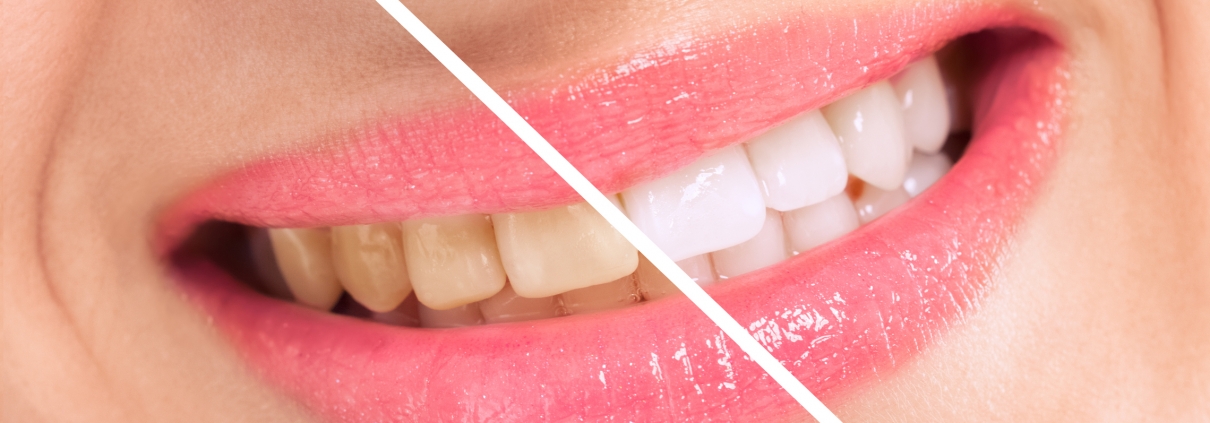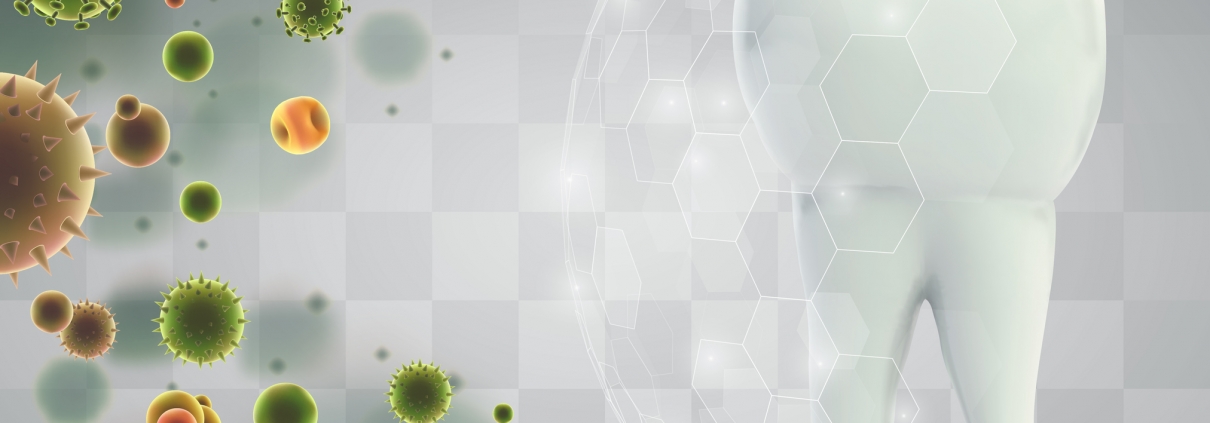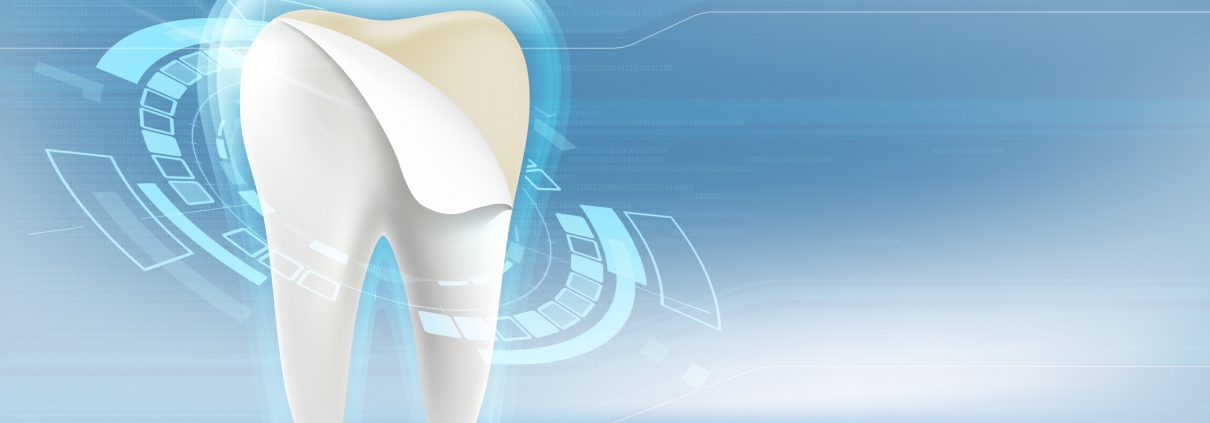A confident smile is a powerful asset, influencing not only how others perceive us but also how we see ourselves. For those who have experienced tooth loss, dental implants have emerged as a transformative solution not just for oral health but for boosting self-confidence. In this article, we explore the profound impact of dental implants on self-esteem and the restoration of a confident, radiant smile.
The Emotional Toll of Tooth Loss
a. Social Impact
Tooth loss can affect interpersonal relationships, causing individuals to become self-conscious about their appearance and hesitant to engage in social interactions.
b. Negative Self-Perception:
The absence of teeth can lead to a negative self-image, impacting self-esteem and contributing to feelings of embarrassment and inadequacy.
Dental Implants, A Revolutionary Solution
a. Natural Appearance:
Dental implants are designed to look, feel, and function like natural teeth. The restoration of a complete and natural-looking smile can significantly enhance one’s appearance and overall confidence.
b. Permanent Solution:
Unlike traditional dentures, dental implants are a permanent solution to tooth loss. This stability provides individuals with the assurance that their smile is secure and reliable in various social and professional settings.
c. Improved Oral Function:
Dental implants allow for normal biting, chewing, and speaking, restoring not only the aesthetics of a smile but also its functionality. This improvement in oral function contributes to a sense of normalcy and confidence in daily activities.
The Psychological Impact of Dental Implants
a. Boost in Self-Esteem:
The restoration of a complete and aesthetically pleasing smile with dental implants can lead to a significant boost in self-esteem. Individuals often find themselves more willing to smile, speak, and engage confidently in social situations.
b. Positive Body Image:
Dental implants play a crucial role in creating a positive body image. The newfound confidence in one’s smile can positively influence overall self-perception and body confidence.
c. Enhanced Quality of Life:
Dental implants go beyond cosmetic improvements; they contribute to an improved quality of life. Individuals with dental implants often report feeling more comfortable, more socially engaged, and overall more satisfied with their lives.
The Process of Getting Dental Implants
a. Consultation and Planning:
The journey to dental implants begins with a thorough consultation and a personalized treatment plan. Dental professionals work closely with patients to understand their goals and address any concerns.
b. Implant Placement:
During the implant placement procedure, titanium posts are surgically inserted into the jawbone. These posts serve as artificial tooth roots, providing a sturdy foundation for the replacement teeth.
c. Healing and Integration:
Over a period of several weeks, the jawbone fuses with the implant posts through a process called osseointegration. This integration ensures the stability and longevity of the dental implants.
d. Placement of Abutments and Crowns:
Once the implants are fully integrated, abutments and custom-crafted crowns are attached to complete the restoration, mimicking the look and function of natural teeth.
Maintaining Confidence with Proper Care
a. Oral Hygiene:
Maintaining good oral hygiene is crucial for the longevity of dental implants. Regular brushing, flossing, and professional cleanings help preserve the health and appearance of the restored smile.
b. Regular Check-Ups:
Routine dental check-ups allow professionals to monitor the condition of dental implants, ensuring early detection and prompt resolution of any potential issues.











